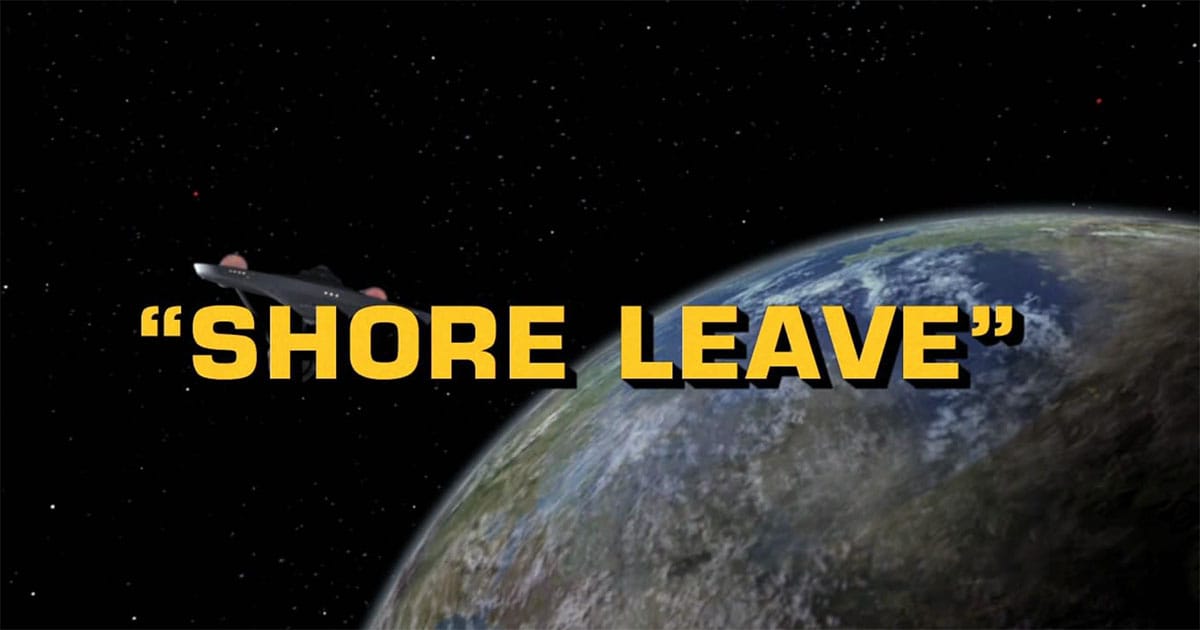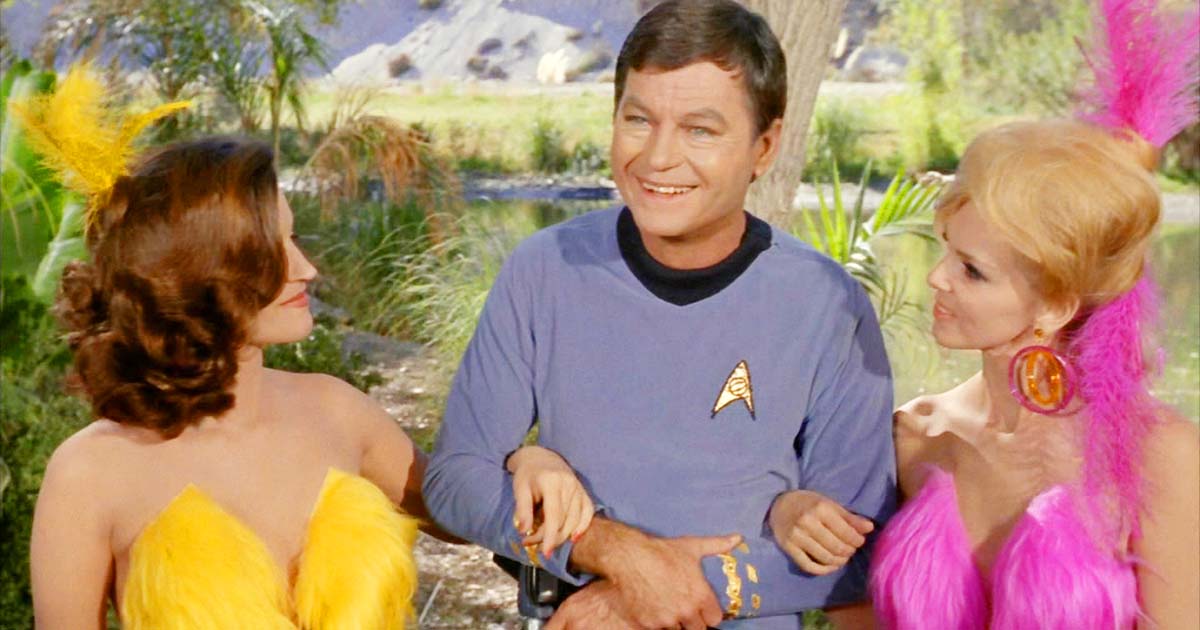Captain Kirk’s 1966 journey “Shore Go away” launched the holodeck concept many years earlier than TNG. This look again at Star Trek’s hidden innovation reveals how creativeness formed science fiction’s future.

After we discuss concerning the holodeck in science fiction — the immersive simulated world generator that lets characters step into fantasy, historical past, or pure creativeness — most followers level to Star Trek: The Subsequent Technology (“TNG”) because the origin. However a better take a look at Star Trek: The Authentic Collection (“TOS”) reveals that the thought had already been planted lengthy earlier than.
A world of make-believe

Within the TOS Season 1 episode “Shore Go away”, broadcast March 29, 1966, Captain Kirk and crew take a getaway on an alien planet the place their imaginations are made actual. The panorama shifts as they discover; objects materialize; fantasies and fears merge. The episode performs just like the primitive precursor of the holodeck.
Whereas TNG’s “holodeck” time period didn’t seem till Season 2 episode “The Schizoid Man” (1989), the core idea — simulated surroundings reacting to characters’ ideas — is embedded on this earlier send-up. TOS did not name it a holodeck, nevertheless it actually was one.
Why it issues now
Quick-forward to right this moment, and the simulacrum system is in all places — from recreated worlds in movie and VR video games to the cultural reminiscence of followers. The upcoming season of Star Trek: Unusual New Worlds has reportedly teased a holodeck-style sequence, which makes revisiting Shore Go away well timed. Amid recent viewers curiosity, the TOS episode resurfaces because the unsung origin of the trope.
That freshness — the resurgence of curiosity round Unusual New Worlds, the broader Trek fandom’s nostalgia — is the type of hook that lifts content material into broader visibility. Uncover-friendly content material usually behaves like this: outdated topic + present spark = renewed relevance.
- When Kirk steps right into a clearing and abruptly flowers bloom from skinny air, the present is already demonstrating the idea of an interactive surroundings.
- The “work that come alive” phase indicators world-building past customary planet-encounter tropes.
- The second when fantasy self-confrontation takes place — that’s, simulation as a psychological mirror — prefigures the kinds of holodeck episodes during which characters face private demons inside a man-made surroundings.
What the holodeck constructed on this legacy
TNG, Star Trek: Deep Area 9, and later Trek iterations refined the thought right into a recurring plot system. However they stood on inventive soil turned by TOS. A number of examples:
- TNG’s “The Massive Goodbye” (S1) introduces the formal holodeck facility, but the emotional stakes and immersion echo Shore Go away’s conceit.
- DS9 makes use of the holosuite idea for style mash-ups and character exploration — once more, rooted in simulation for internal story as a lot as outer spectacle.
- In fandom commentary, you will discover quotes pointing to Shore Go away as the primary “digital fantasy planet” that Trek ever confirmed.
The takeaway
Shore Go away wasn’t billed as a holodeck episode — it was merely one other TOS journey. However looking back, it laid the conceptual groundwork. When future reveals requested “What if we may construct any world we needed, in minutes?”, they inherited that seed.
So subsequent time somebody quizzes you on the primary holodeck, do not begin with TNG. As a substitute, say: “It started with Kirk and a time without work on a fantasy planet in 1966.”

